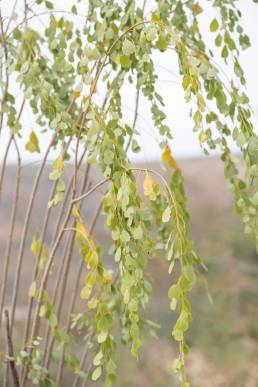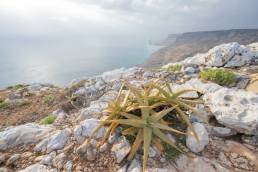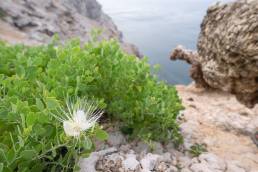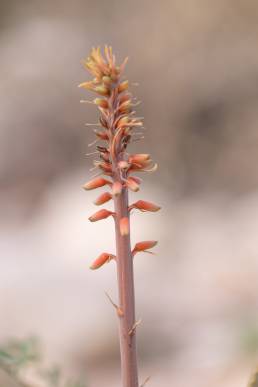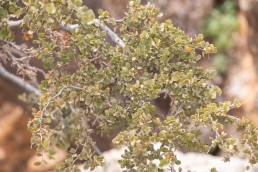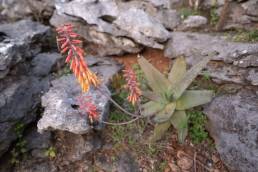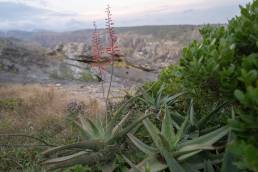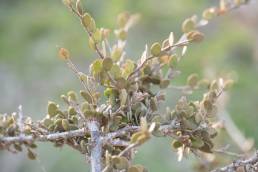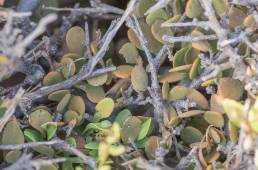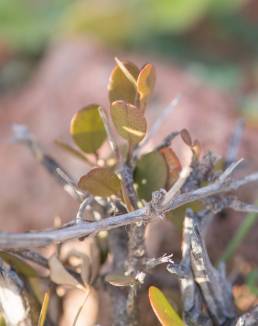18 Dec 2023
Maerua angolensis ssp. socotrana
A species with the unmistakable hanging branches that sway in the wind. It's found sporadically throughout Socotra, growing on rocky slopes. Elevation: 89…
17 Dec 2023
Perry’s Aloe (Aloe perryi)
This group of Aloe perryis grow on Socotra's Nait coast, at the edge of a 400 meter drop to the sea. Elevation: 409 meters. Endemic.
17 Dec 2023
Cartilage Caper (Capparis cartilaginea)
Elevation: 263 meters.
Native range is Egypt to Tanzania, Western Asia to Northwest India, Arabian Peninsula, Western Indian Ocean.
16 Dec 2023
Perry’s Aloe (Aloe perryi)
A common species on Socotra, and you’ll likely see them in all vegetative stages ranging from in severely lack of water to huge, branched inflorescences. Some…
16 Dec 2023
Cadaba insularis
This is likely the last mature individual on Socotra, of this critically endangered species. This tree is possibly several hundred years old as it is a very…
15 Dec 2023
Perry’s Aloe (Aloe perryi)
A common species on Socotra, and you’ll likely see them in all vegetative stages ranging from in severely lack of water to huge, branched inflorescences. Some…
15 Dec 2023
Perry’s Aloe (Aloe perryi)
A common species on Socotra, and you’ll likely see them in all vegetative stages ranging from in severely lack of water to huge, branched inflorescences. Some…
15 Dec 2023
Cadaba insularis
Socotra is exceptionally diverse, and holds more than 300 species of plants endemic to the island, meaning they exist nowhere else on the planet. All of these…
15 Dec 2023
Cadaba insularis
This individual is able to hold on to life by growing entangled with a Lycium sokotranum. Lycium sokotranum is also very popular with goats, so here two…
15 Dec 2023
Cadaba insularis
How this individual is able to keep on going with so much damage from the goats is just a testament to the ability to survive ongoing damage. The sad fact is…
